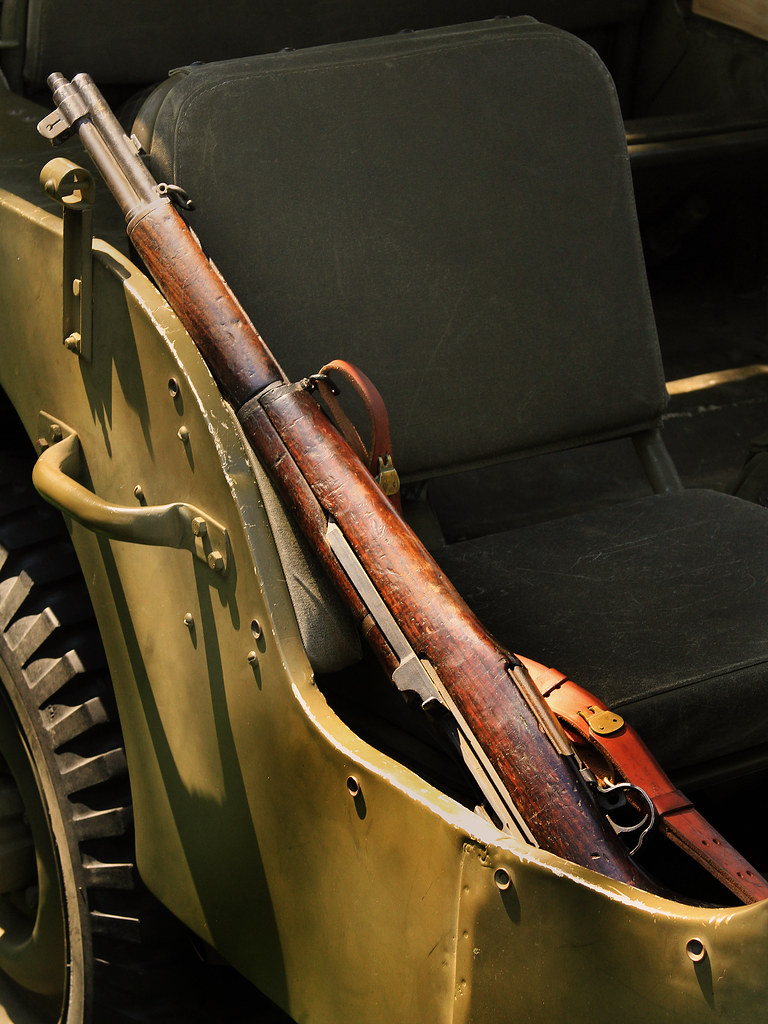
The M1 Garand, often praised as “The best battle tool ever created” by General George S. Patton, embodies not just history but also showcases the progression of modern warfare and the creativity of American gun design. Accepted by the U.S. Army in 1936, this semi-automatic rifle altered the dynamics of the battlefield, granting American soldiers a clear tactical edge in World War II thanks to its quick-firing ability compared to the bolt-action rifles used by their enemies.

John C. Garand, a Canadian-born firearms designer, began working for the Springfield Armory in the early 1920s, and it was here that he diligently developed the groundbreaking rifle over several years. By 1932, the M1 Garand, with its revolutionary gas-operated system, had emerged from Garand’s drawing board, setting the stage for a new era in infantry combat.

Central to the M1 Garand’s design was its semi-automatic action, allowing soldiers to fire continuously without manually operating a bolt. This key feature allowed an impressive rate of fire—40 to 50 rounds per minute. The rifle utilized a gas-operated mechanism where propellant gases from fired cartridges cycled the action, ejecting the spent casing and chambering a fresh round. This was a stark contrast to the 15-30 rounds per minute capability of bolt-action rifles used by opposing forces.

Accommodating an eight-round en-bloc clip for swift reloading and chambered in .30-06 Springfield, the M1 Garand delivered formidable stopping power and accuracy at medium to long-range engagements. Weighing approximately 9.5 pounds and measuring 43.5 inches in length, it struck a balance between portability and battlefield utility.

Throughout World War II, where over 5.4 million M1 Garands were produced, its reliability and accuracy won the favor of the soldiers who wielded it. It excelled under harsh conditions and its well-balanced design made it a comfortable carry, even in the heat of battle.

The rifle’s legacy extended well beyond its military use. The M1 Garand’s semi-automatic action influenced subsequent firearm designs such as the M14 and the modern M16. Its cultural impact was also significant, with its distinctive profile and the unique sound of its empty clip ejecting, becoming recognizable symbols of American military might in popular culture.

After World War II, many M1 Garands were stored or lent to allies during the Cold War. The Korean War led to renewed production, with companies like International Harvester Corporation and Harrington & Richardson Arms joining Springfield Armory in making close to 1.5 million new M1s.

Although officially replaced by the M14 in 1957, the M1 Garand continued in global service through the Vietnam era. For collectors and hunting enthusiasts, the M1 Garand remains popular. Despite its drawbacks for hunting, such as weight and the eight-round clip, the rifle is a treasured and collectible piece of history suitable for the sport within its capabilities.
related images you might be interested.








